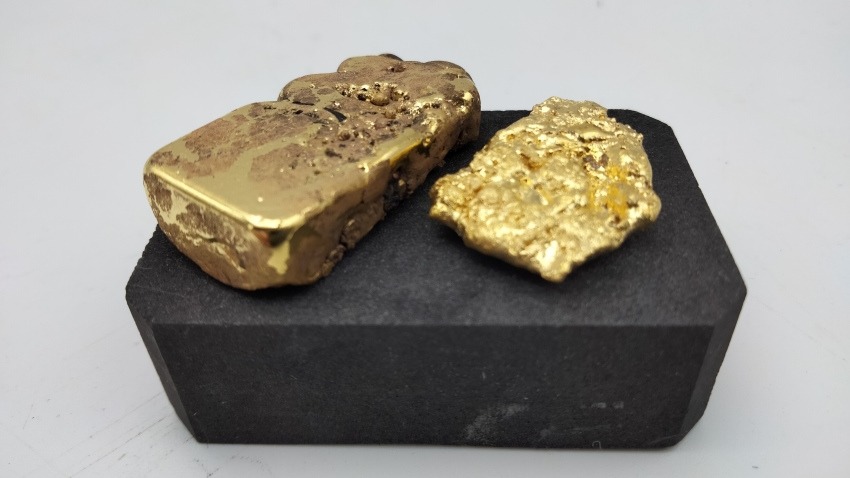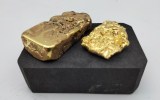


Australian researchers have developed a “low-cost, sustainable, simple and safe” approach to extract gold from ore, mixed metal waste and electronic waste.
The demand for gold is rising. Highly valued by investors and as a critical component of electronics, medicines, aerospace technology and other products, experts say we must develop safer and more versatile methods to extract, recover and purify it from various sources.
“The aim is to provide effective gold recovery methods that support the many uses of gold, while lessening the impact on the environment and human health,” according to Professor Justin Chalker, who leads the Chalker Lab at Flinders University.
Chalker is the senior author of a new study in the journal Nature Sustainability that investigates the mechanisms, scope and limitations of his team’s new gold recovery method.

In the first step, a leaching agent is used to dissolve the gold from ore and waste.
About 90 per cent of gold is recovered using toxic cyanide as a leaching agent, which has resulted in the production of billions of tonnes of cyanide tailings since 1950.
“The study featured many innovations including a new and recyclable leaching reagent derived from a compound used to disinfect water,” Chalker said.
Trichloroisocyanuric acid (TCCA) is a chlorine-releasing compound widely used in water treatment and sanitation. It is low-cost, benign and it can dissolve gold when activated by salt water.
The team also developed a way to make a material to bind the gold once it has been dissolved into water.
“The newly developed ‘gold sorbent’ is made using a sustainable approach in which UV light is used to make the sulphur-rich polymer,” said Dr Thomas Nicholls, an Australian Research Council fellow in chemistry at Flinders and co-lead author of the study.
The polymer can recover gold even in highly complex mixtures. Adding heat then causes the polymer to fall apart into its building blocks (monomers), releasing the gold.
“Recycling the polymer after the gold has been recovered further increases the green credentials of this method,” Nicholls said, adding that the monomers can be re-used to make more polymer.

Artisanal and small-scale gold mines still use mercury to bind gold particles in ores into amalgams. They are then heated to evaporate the mercury.
This process releases toxic vapours. As a result, the sector is one of the largest sources of mercury pollution on Earth, accounting for almost 38 per cent of global emissions in 2015.
The team showed their approach could extract high-purity gold from printed circuit boards in discarded computers, trace gold in scientific waste streams, and ore – without the use of cyanide or mercury.
“With the ever-growing technological and societal demand for gold, it is increasingly important to develop safe and versatile methods to purify gold from varying sources,” according to co-lead author Dr Lynn Lisboa, an inorganic synthetic chemist at Flinders.
The team now plans to work with mining and e-waste recycling operations to trial their method on a larger scale.










